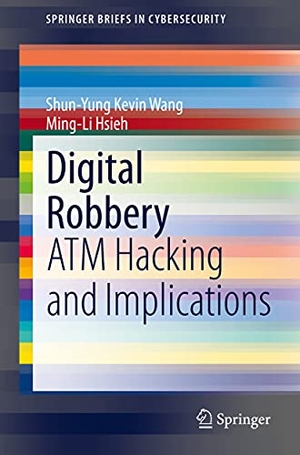Für statistische Zwecke und um bestmögliche Funktionalität zu bieten, speichert diese Website Cookies auf Ihrem Gerät. Das Speichern von Cookies kann in den Browser-Einstellungen deaktiviert werden. Wenn Sie die Website weiter nutzen, stimmen Sie der Verwendung von Cookies zu.
Cookie akzeptieren
- Springer International Publishing
- 2021
- Taschenbuch
- 60 Seiten
- ISBN 9783030707057
This book begins with a broader discussion of cybercrime and attacks targeting ATMs and then focuses on a specific type of cybercrime named ¿ATM Hacking.¿ It discusses ATM Hacking from a more full scope of aspects, including technology, modus operandi, law enforcement, socio-economic and geopolitical context, and theory development. After unpacking a classic case of ATM Hacking and its modus operandi, implications for cybersecurity and prevention, intra- and inter-agency collaboration, and theory development are presented. This book also demonstrates the analysis of extensive qualitative data collected from a high-profile case in which European criminal group hacked into a London voice mail server belonging to a Taiwanese
Mehr
Weniger
zzgl. Versand
in Kürze